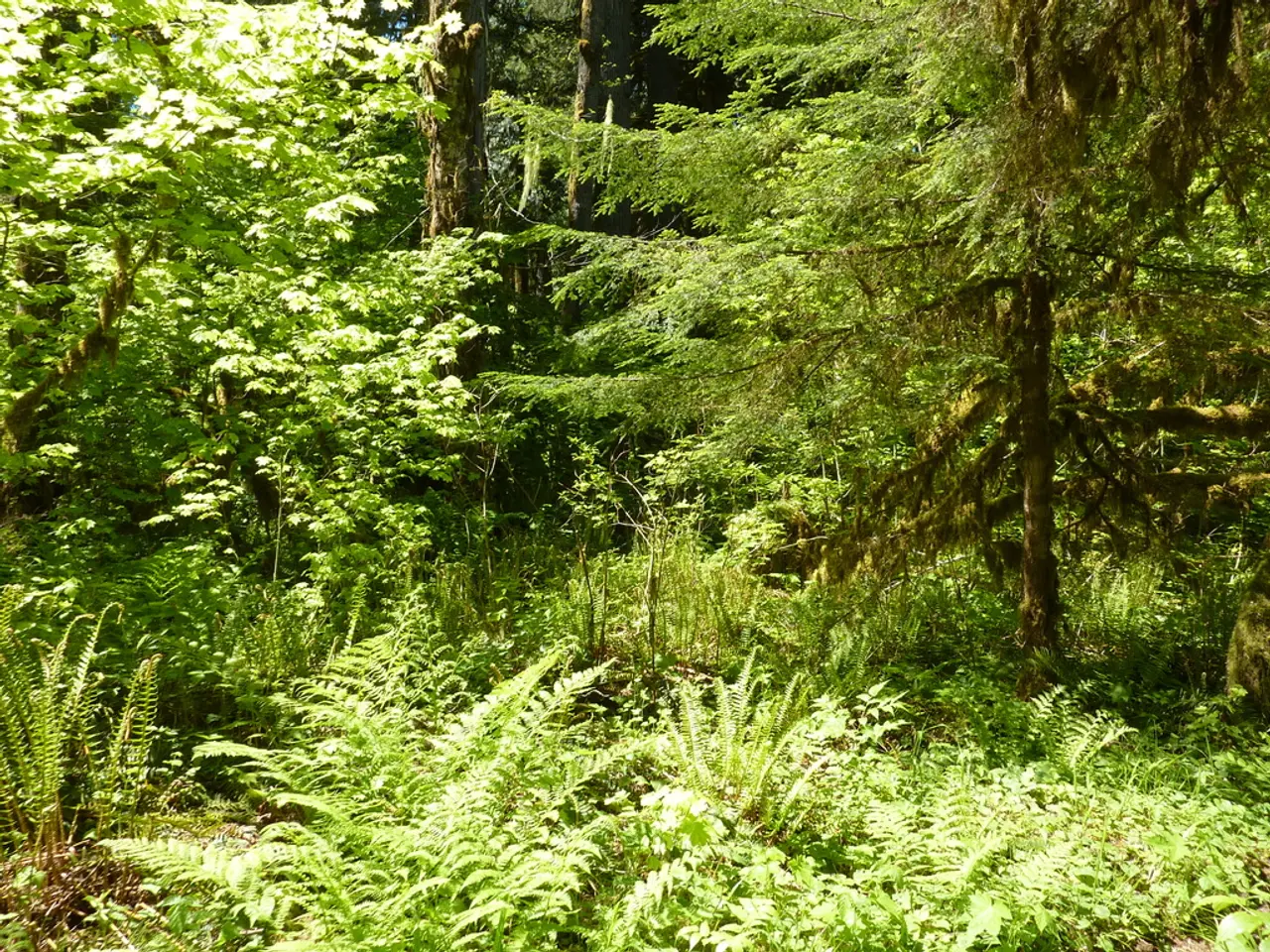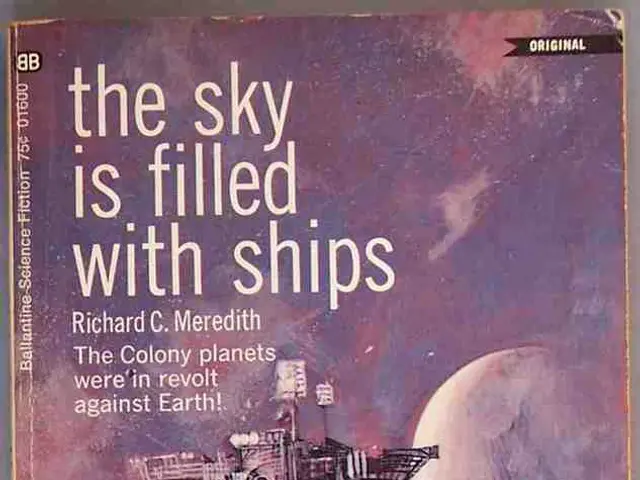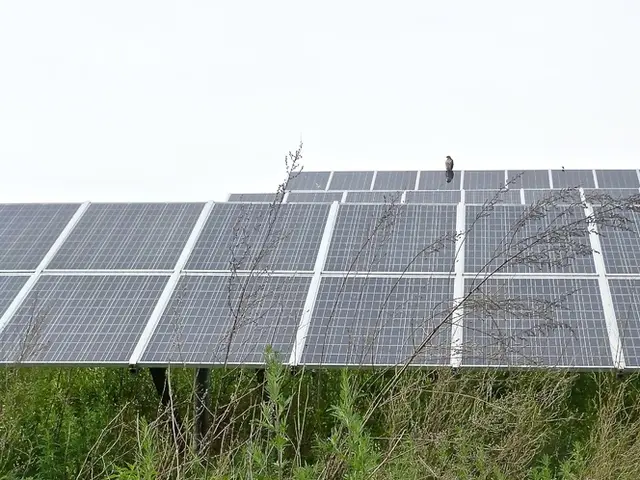Webb Telescope's observation of an Earth-sized extraterrestrial planet yielded grim results
In a groundbreaking discovery, the James Webb Space Telescope (JWST) has provided new insights into the TRAPPIST-1 system, a star system located approximately 40 light-years away from Earth that hosts seven rocky worlds. The current understanding is that TRAPPIST-1d, the third planet from the star, does not have an Earth-like atmosphere.
Observations by JWST, particularly using its Near-Infrared Spectrograph (NIRSpec), have ruled out thick atmospheres with key molecules typical of Earth’s atmosphere like water vapor, methane, or carbon dioxide on this planet. The data suggest TRAPPIST-1d may either have an extremely thin atmosphere, high-altitude clouds or aerosols obscuring detection, or no atmosphere at all.
The research, a joint partnership between NASA and its European and Canadian counterparts, employed transmission spectroscopy, a method used to study planetary atmospheres by measuring the spectrum of starlight passing through a planet’s atmosphere during transit. The team looked for water vapor, methane, carbon dioxide, and sulfur dioxide in the composition of TRAPPIST-1d's atmosphere but found no clear signs of gases.
The situation for the other six rocky planets (b, c, e, f, g, h) in the TRAPPIST-1 system is more uncertain. The two planets closest to the star (b and c) are thought to be unlikely habitable partly due to intense stellar flares from the red dwarf star stripping atmospheres. However, planets farther out (especially e, f, g, and h) might have better chances of retaining atmospheres because they are more distant and receive less harsh radiation, though their colder environments make atmospheric detection more challenging.
The JWST is a key instrument in answering the question of whether red dwarf stars, sometimes called M-type, can harbor planets with atmospheres. The team is particularly interested in studying TRAPPIST-1e, the fourth planet from the star, which could have a better chance of holding onto its atmosphere because it's farther from the star's flares.
The research published in The Astrophysical Journal marks a significant milestone in the quest for rocky worlds with water and air. Piaulet-Ghorayeb, one of the researchers, is hopeful about the continued quest for such planets, stating, "For the first time, if there had been an Earth-like atmosphere on a temperate terrestrial planet, it could have been found using the James Webb Space Telescope."
The challenge for Webb will be overcoming the planets' more extreme distance and colder environments, which make atmospheric readings more difficult. The team plans to rely on a different method, called the secondary eclipse technique, to avoid stellar contamination issues in their future studies. The James Webb Space Telescope has begun a massive study of rocky worlds, specifically to determine if planets orbiting closely around red dwarf stars could have air.
Read also:
- Industrial robots in China are being installed at a faster rate than in both the United States and the European Union, as the global market for these robots faces a downturn.
- Airbus is propelling the advancement in aviation fuel's environmental friendliness
- Sustainable initiatives boosted by Veolia through financially backed eco-friendly projects
- Potential perils of artificial intelligence data facilities to American electrical infrastructure due to fire hazards.








